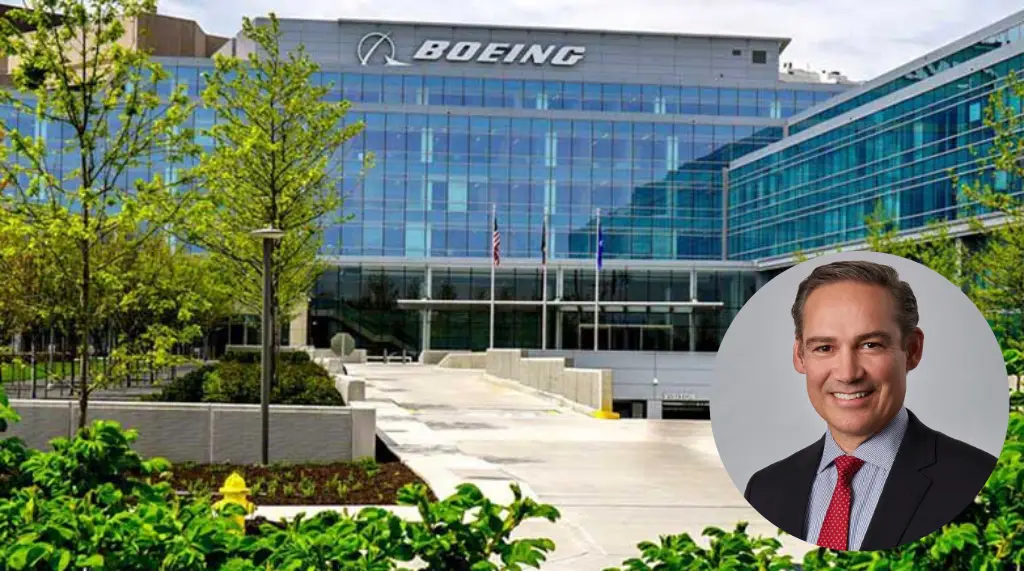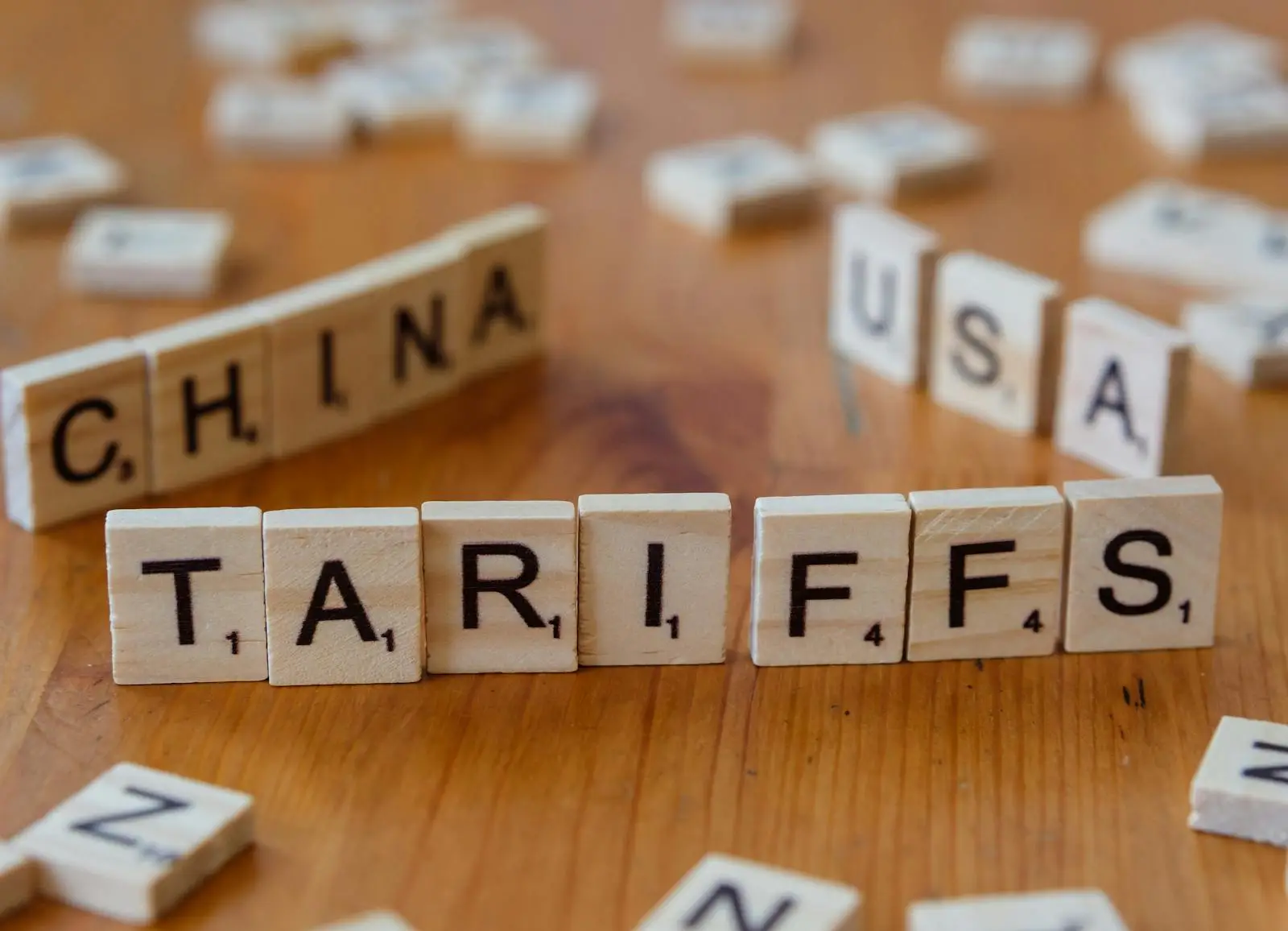Florida, a land of sun-kissed beaches, vibrant cities, and sprawling theme parks, is facing a transportation crisis that casts a shadow over its paradise image.
While the allure of the Sunshine State continues to draw residents and tourists alike, the strain on its transportation infrastructure is undeniable.
From congested highways to outdated public transit systems, the challenges are mounting. But amidst the frustration and delays, there’s a growing determination to find innovative solutions.
A Closer Look at the Florida Transportation Challenges
Let’s delve deeper into the specific Florida transportation challenges that are causing headaches for residents, businesses, and visitors alike.
Explosive Growth:
Florida’s population has been on a tear for decades, fueled by an influx of retirees seeking sunny weather and a relaxed lifestyle, young families starting new lives, and businesses drawn to the state’s favorable tax climate.
This rapid growth spurt has resulted in a sprawl of new communities, strip malls, and office buildings, all of which generate a significant amount of new vehicle traffic. Unfortunately, the development of new roads and transit options hasn’t kept pace.
The result? Overcrowded highways, bumper-to-bumper commutes that stretch for hours, and a growing sense of frustration among Floridians who just want to get from point A to point B.
Aging Infrastructure:
Florida’s transportation infrastructure is showing its age. Many roads, bridges, and public transit systems were built decades ago, when the state’s population was a fraction of what it is today. These aging systems are simply not designed to handle the current volume of traffic.
This leads to a number of problems, including potholes, lane closures, and even bridge collapses. Not only does this create congestion and delays, but it also poses safety risks for drivers, cyclists, and pedestrians.
Climate Change:
Florida’s sunny disposition is under threat from a much less welcome source: climate change. Rising sea levels, stronger storms, and increased flooding are wreaking havoc on the state’s transportation infrastructure.
Coastal roads are becoming more susceptible to erosion, and even a minor storm can cause significant flooding that disrupts traffic patterns for days. These challenges are only going to become more severe in the years to come, making it crucial to adapt Florida’s transportation system to the realities of a changing climate.
Car-Centric Culture:
Florida has long been a state that revolves around the automobile. For decades, the focus has been on building wider highways and more parking lots, with little consideration for alternative forms of transportation.
This car-centric culture has led to a lack of investment in public transit systems, bike lanes, and pedestrian walkways.
The consequences are clear: limited options for people who don’t have a car or who choose not to drive, increased air pollution from vehicle emissions, and a growing dependence on fossil fuels.
Funding Shortfalls:
Florida’s transportation system is chronically underfunded. This is due to a number of factors, including a reliance on gas taxes (which are declining as more people switch to fuel-efficient vehicles), a reluctance to raise taxes, and competition for funding from other priorities.
The lack of adequate funding makes it difficult to keep up with maintenance on existing infrastructure, let alone invest in new projects that could alleviate congestion and improve safety.
The Human Impact of Florida Transportation Challenges
These challenges aren’t just abstract statistics; they have a real impact on Floridians’ lives. Long commutes mean less time with family, missed appointments, and increased stress levels.
Congested roads lead to more accidents, injuries, and even fatalities.
Limited public transit options trap people in their cars, contributing to air pollution and climate change.
Florida Transportation Challenges and Solutions: A Path Forward
While the Florida transportation challenges are significant, they’re not insurmountable. There are a number of promising solutions that could help alleviate congestion, improve safety, and create a more sustainable transportation system:
- Invest in Public Transit: Expanding and modernizing public transit systems, including buses, trains, and light rail, would give people more options for getting around without a car.
- Prioritize Multimodal Transportation: Building bike lanes, pedestrian walkways, and complete streets would make it safer and more convenient for people to walk, bike, and take public transit.
- Address Climate Change: Adapting Florida’s transportation infrastructure to the effects of climate change is crucial. This could involve elevating roads, building seawalls, and creating more resilient transit systems.
- Promote Alternative Fuels: Encouraging the use of electric vehicles, hydrogen-powered vehicles, and other alternative fuels would reduce air pollution and greenhouse gas emissions.
- Increase Funding: Securing adequate funding for transportation projects, including the utilization of specialized transportation engineering services in Jacksonville, Florida, is essential. This could involve raising taxes, creating new funding mechanisms, or partnering with the private sector.
The Road Ahead: Challenges to Implementation
While these solutions hold promise, their implementation is not without its challenges. These include:
- Political Will: Gaining consensus among policymakers and the public for significant investments in transportation can be difficult, especially when it involves raising taxes or making changes to existing infrastructure.
- Financial Constraints: Securing adequate funding for large-scale transportation projects can be a major hurdle, particularly in a state like Florida that has historically prioritized low taxes.
- Land Use and Zoning: Implementing multimodal transportation solutions often requires changes to land use and zoning regulations, which can face resistance from property owners and developers.
- Public Acceptance: Encouraging a shift away from a car-centric culture and towards alternative forms of transportation can take time and require significant public education and outreach efforts.
- Environmental Concerns: Balancing the need for improved transportation infrastructure with environmental protection goals can be a complex challenge, requiring careful planning and consideration of potential impacts.
Despite these challenges, the urgency of addressing Florida’s transportation problems cannot be overstated. By working collaboratively and innovatively, we can overcome these obstacles and create a transportation system that is safe, sustainable, and equitable for all Floridians.
The Time for Action is Now
The Florida transportation challenges won’t be solved overnight, but every step towards a more sustainable, efficient, and equitable transportation system is a step in the right direction. By investing in public transit, prioritizing multimodal transportation, addressing climate change, promoting alternative fuels, and increasing funding, we can create a transportation system that works for everyone.
Florida’s future depends on our ability to overcome these challenges. Let’s work together to build a transportation system that’s worthy of the Sunshine State.













